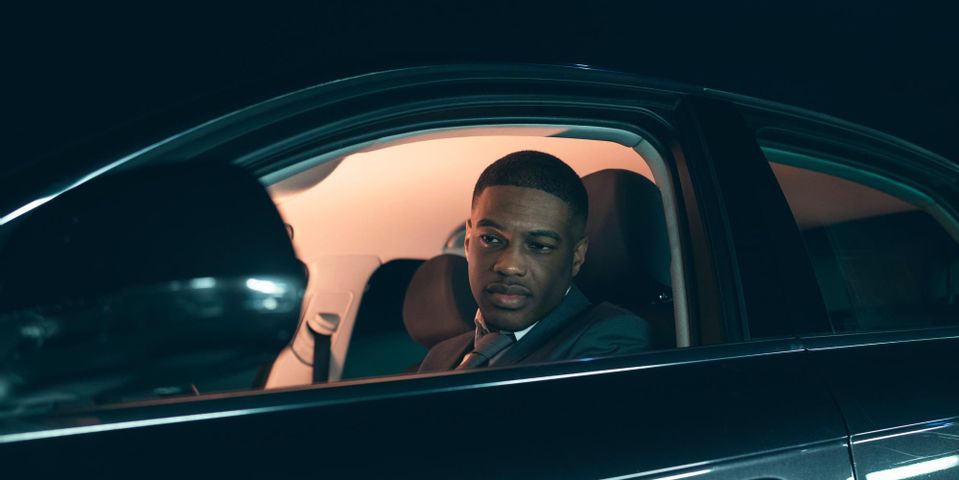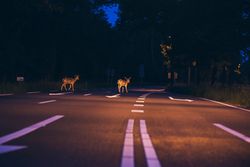4 Tips for Driving Safely at Night

As the nights grow longer, you may find yourself driving in the dark more frequently. This can increase your risk of an accident that requires a trip to a body shop, but there are a few simple actions you can take to stay safe. Below is more information about how to alter your driving habits so that you do not have an accident.
How to Increase Nighttime Driving Safety
1. Be Aware of Lighting
Quick changes in lighting are temporarily blinding, especially at night. Never look directly into another vehicle’s headlights. When driving in two-way traffic, angle your gaze away from oncoming headlights, and toward the side of the road. Watch the lane markings to the right to keep the car on track.
Also, check the aim of your headlights before driving so that they don’t interfere with other drivers. You should do this after any bulb replacements, headlight installations, or wheel alignments. If you must adjust the headlights, you should simulate the normal operation closely. Do this on level ground, with a half-full tank of gas. Remove all excess weight, and have someone sit in the driver’s seat to check the adjustment. Different manufacturers have different guidelines for headlight measurements, so check the owners manual for details.
2. Clean the Windshield
Dirt particles on the glass will distort vision. A smudged windshield is especially dangerous during dawn and dusk, since it will catch and reflect the sun in unexpected ways. Regularly clean the windshield with a glass cleaner and microfiber cloth to remove any debris. Fill your wiper fluid reservoir and ensure that the blades don’t smear or streak. This will ensure your windshield remains clean even while driving.
3. Reduce Speeds
 Low visibility situations lead to overdriving. This happens when the stopping distance to avoid a hazard is greater than the visible road. Typically, headlights can only illuminate obstacles 150 to 250 feet in front of the vehicle, but a car traveling at 60 miles per hour needs 300 feet to stop.
Low visibility situations lead to overdriving. This happens when the stopping distance to avoid a hazard is greater than the visible road. Typically, headlights can only illuminate obstacles 150 to 250 feet in front of the vehicle, but a car traveling at 60 miles per hour needs 300 feet to stop.
Abrupt animal crossings in the dark are a frequent cause of visits to body shops. However, slowing down can provide more stopping distance so that you avoid these accidents. Typically, you should drive up to 10 mph slower than normal during the dark.
4. Monitor Fatigue
Tiredness lowers your ability to focus and increases reaction time to hazards. If you start feeling tired, the safest method is to pull over and rest or change drivers. Attempting to combat fatigue through loud music or caffeine is not effective, as you can still fall asleep.
If your vehicle experiences damage in a nighttime accident, contact Miracle Workers Auto Collision Center in Lincoln, NE. They understand that body shop visits can seem complicated and take pride in supporting their customers throughout the process. Call (402) 474-7355 to schedule an appointment. Visit them online to read more about their unique approach to collision repairs.
About the Business
Have a question? Ask the experts!
Send your question

